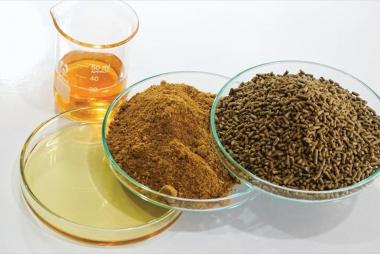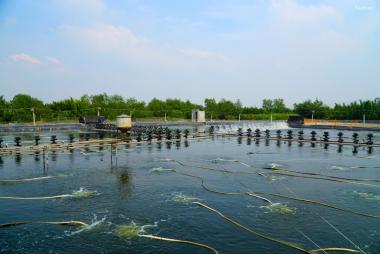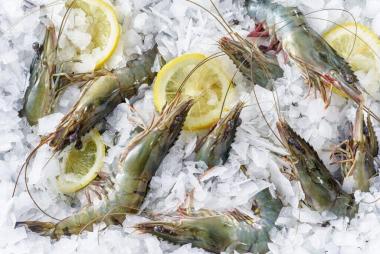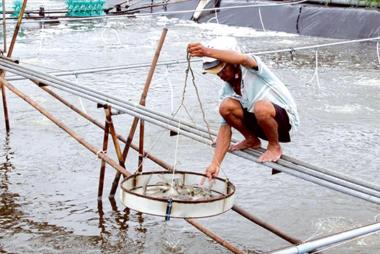According to the General Statistics Office, Vietnam’s total aquatic production in Q3/2025 was estimated at over 2.71 million tons, an increase of 3.3% compared with the same period in 2024. Cumulatively, in the first nine months of 2025, total aquatic production exceeded 7.26 million tons, up 3.2% year-on-year, confirming a steady recovery of the fisheries and aquaculture sector.
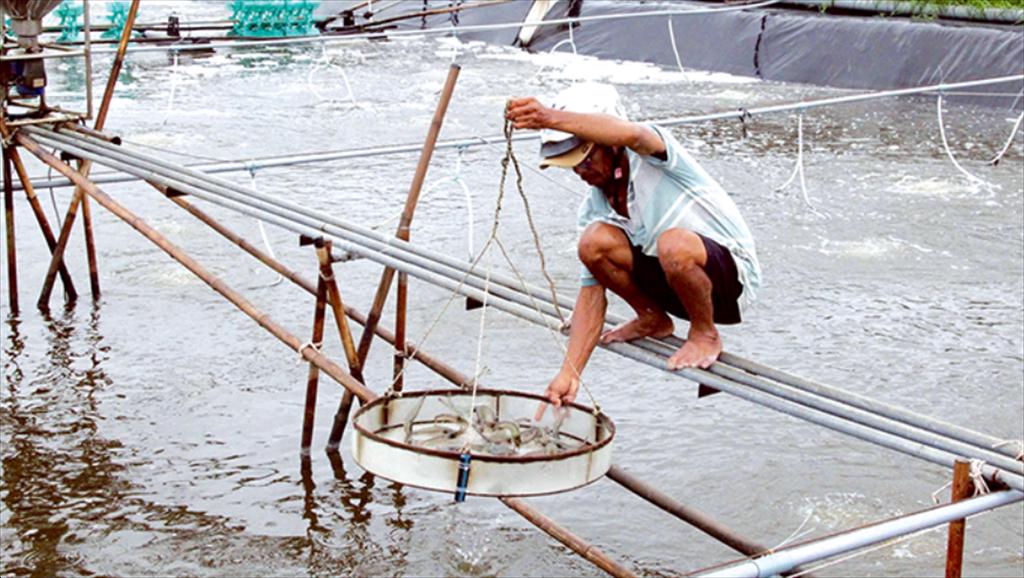
Super-intensive shrimp farming in Vinh Long province.
Aquaculture drives growth
Aquaculture continued to be the main growth engine of the sector:
- In Q3/2025, aquaculture output reached nearly 1.71 million tons, up 5.5% year-on-year.
- Over the first nine months of 2025, farmed aquatic production was estimated at about 4.28 million tons, an increase of 5.1% compared to the same period last year.
By species group, the structure was as follows:
- Fish: nearly 2.8 million tons, up 4.8%
- Shrimp: about 998,800 tons, up 6.3%
- Other aquatic species: roughly 494,500 tons, up 4.6%
These figures reflect the positive impact of improved farming practices, better seed quality, and rising demand for farmed products in both domestic and export markets.
Pangasius output rises on higher value-added demand
For pangasius, Q3/2025 harvest output reached approximately 469,300 tons, an increase of 4.8% over the same period in 2024. In the first nine months of 2025, total pangasius production was around 1.34 million tons, up 4.6% year-on-year. The uptrend was supported by:
- Higher processing and export demand, particularly for value-added pangasius products
- Improved selling prices in Q3/2025, which helped ensure profitability for farmers and encouraged continued stocking
Shrimp production boosted by industrial and super-intensive models
Shrimp farming also posted solid growth thanks to industrial and high-tech models:
- In Q3/2025, whiteleg shrimp production reached about 352,800 tons, up 6.9% year-on-year.
- Black tiger shrimp output during the same period was roughly 87,200 tons, an increase of 3.5%.
For the first nine months of 2025:
- Whiteleg shrimp production totaled around 719,700 tons, up 7.1%
- Black tiger shrimp output reached about 212,300 tons, up 3.5%
Growth in shrimp output has been driven by:
- Expansion of industrial and super-intensive farming systems
- Effective application of high technology in areas such as water treatment, biosecurity, and feeding management
These developments have contributed to higher yields, better survival rates, and more stable raw material supply for processing plants.
Capture fisheries remain relatively stable
In contrast to aquaculture, national capture fisheries showed only marginal change:
- In Q3/2025, total capture output was just over 1 million tons, a slight decrease of 0.3% compared with the same period in 2024.
- Over the first nine months of 2025, total capture production was estimated at nearly 3 million tons, up 0.5% year-on-year.
This pattern suggests that while capture fisheries remain important, future growth of the sector will rely increasingly on aquaculture, particularly high-tech and sustainable farming models.
Translation from VIBO news. Author of Vietnamese article: Adapted from VASEP (seafood.vasep.com.vn).





